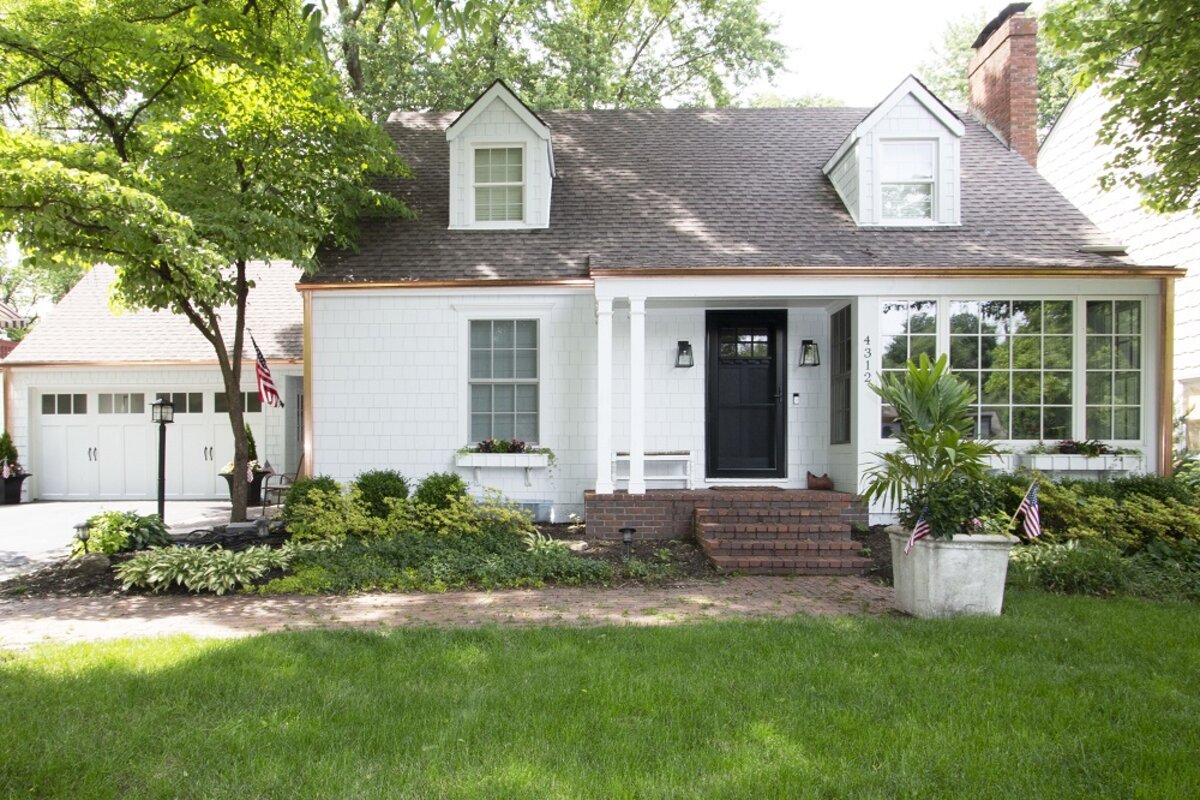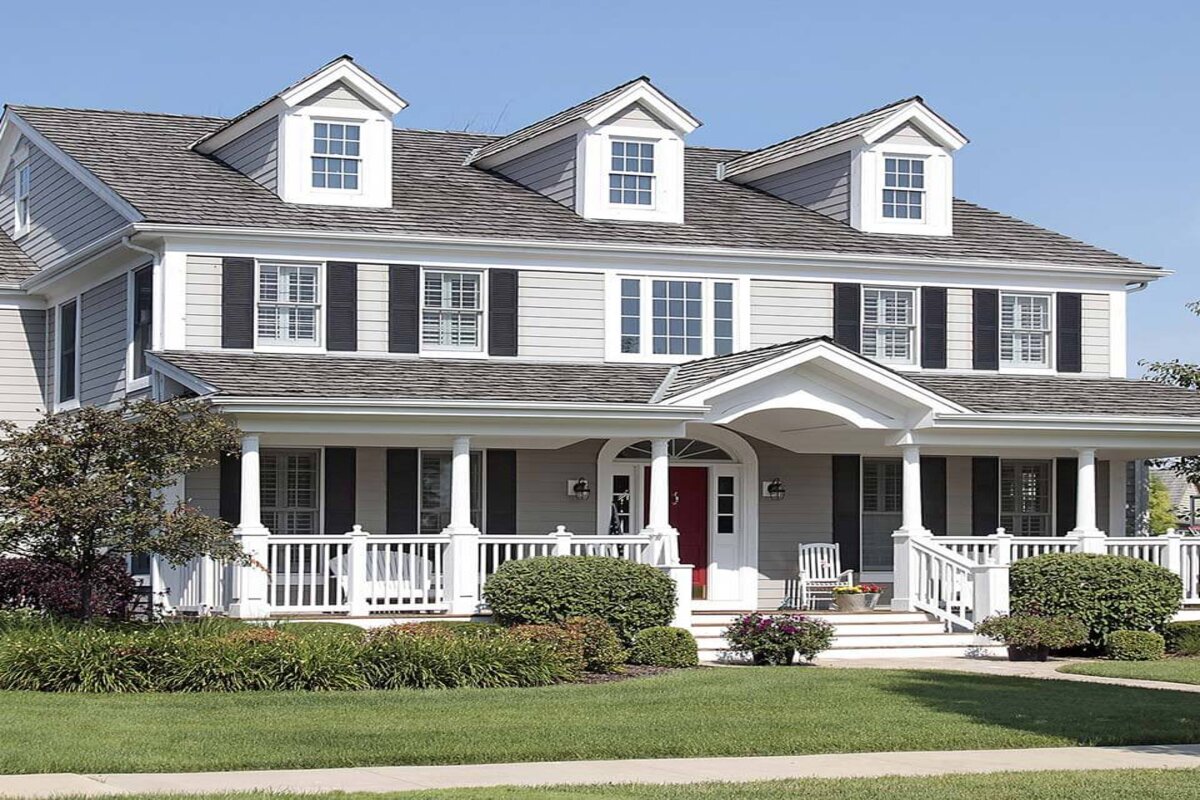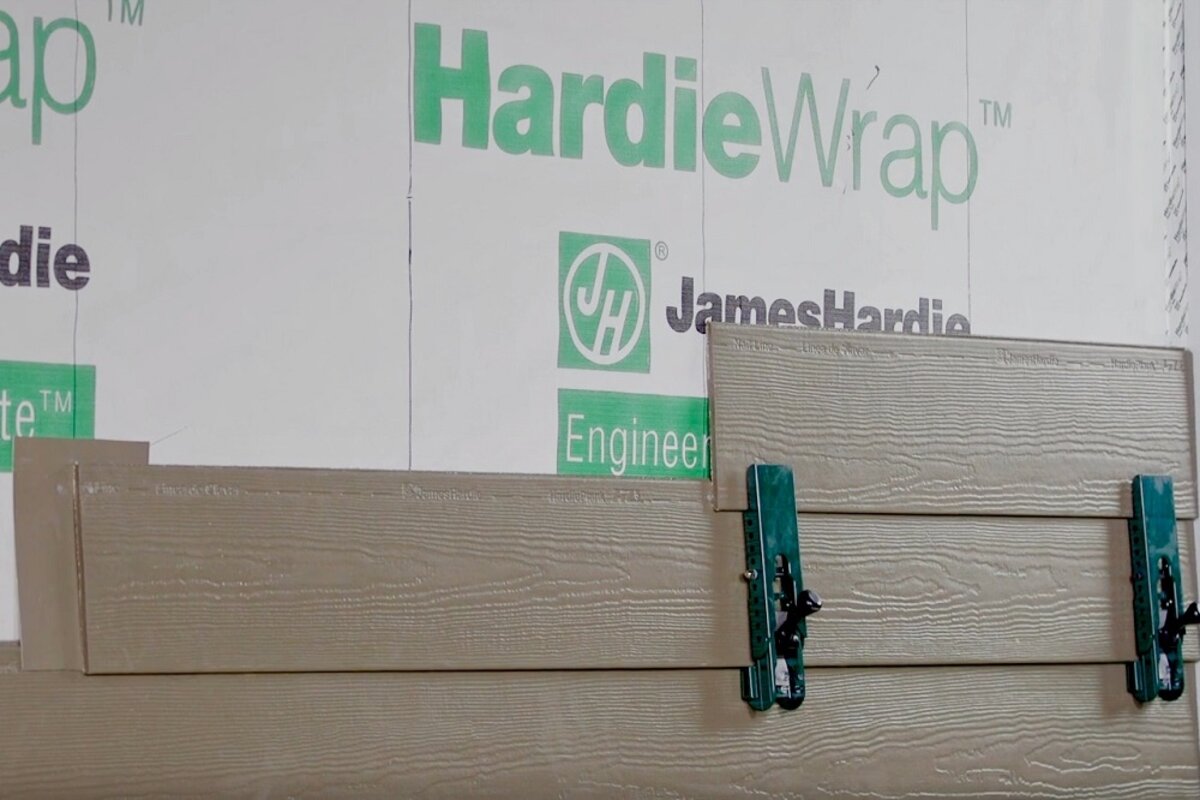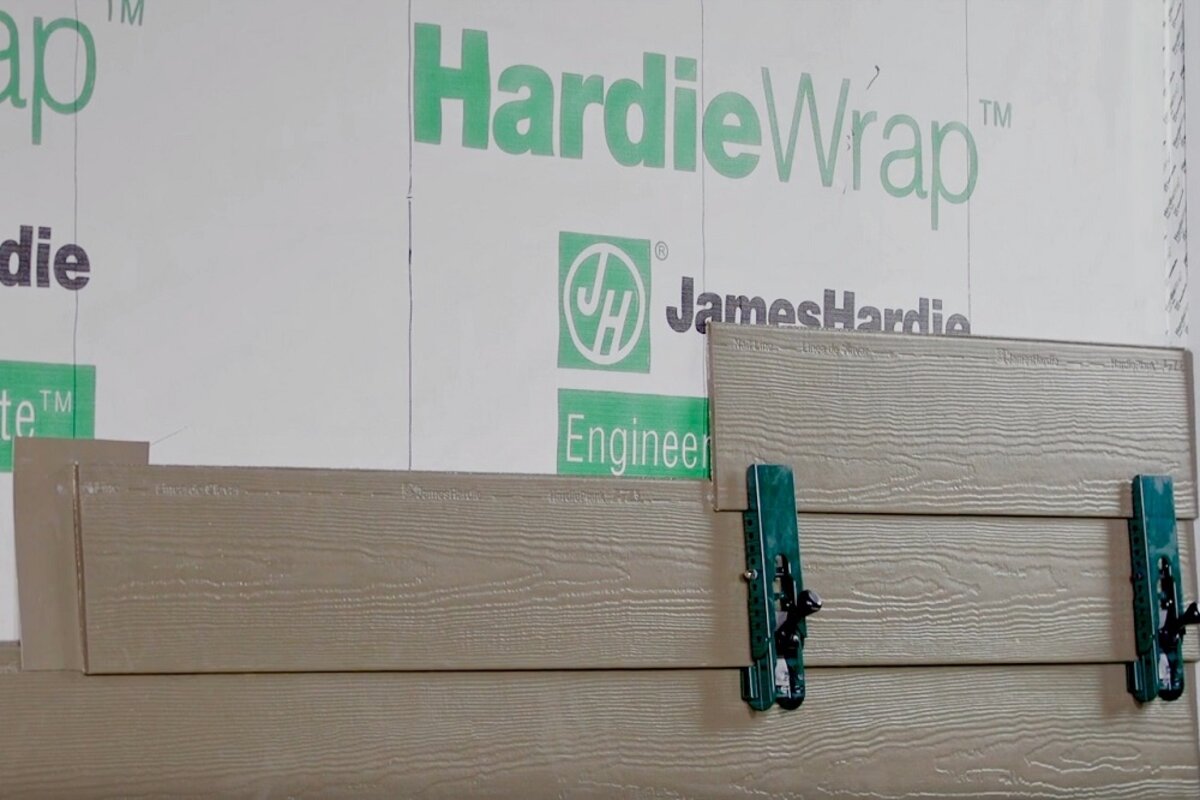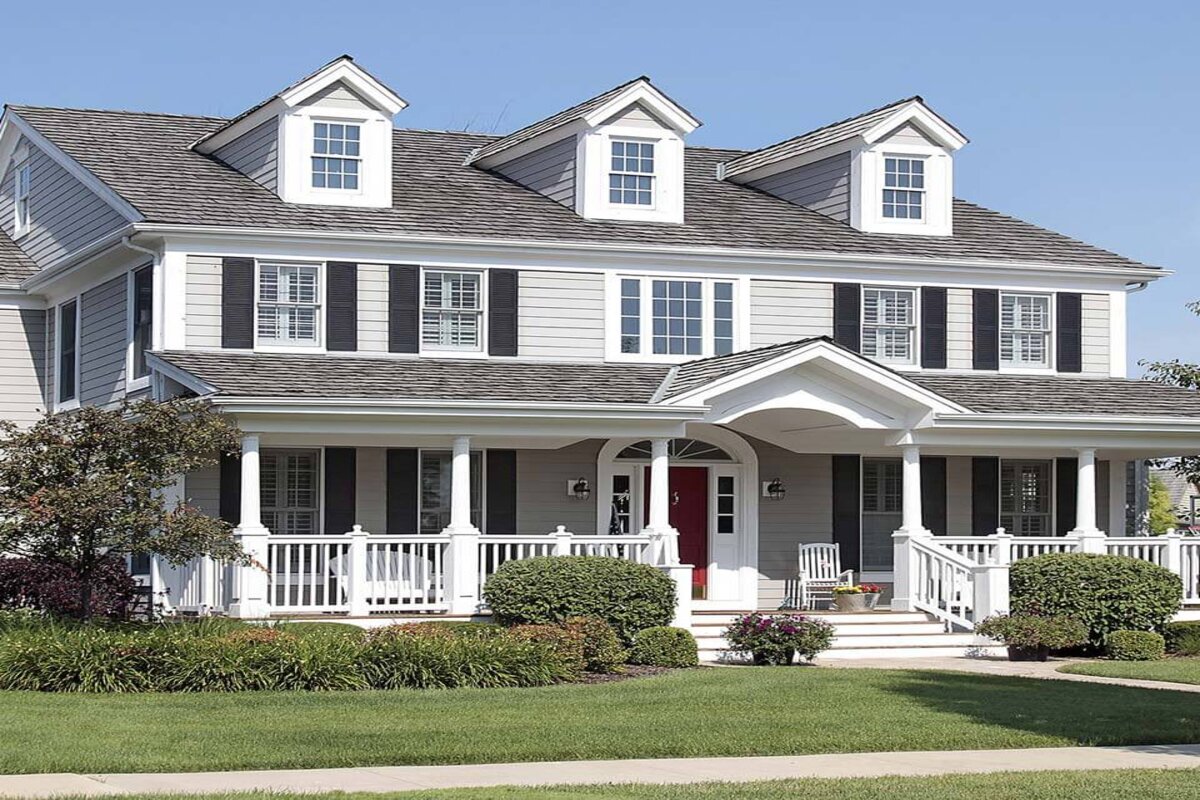When it comes to improving your home’s energy efficiency, many homeowners overlook the impact of their siding. Quality siding not only revitalizes the exterior of your home but also plays a crucial role in its energy performance. In this blog post, we will explore the relationship between new siding and energy efficiency, offering insights and practical tips.
The Role of Siding in Energy Efficiency
What Does Siding Do?
Siding serves as the protective outer layer of your home. It defends against weather elements, pests, and external damage. However, its role is not limited to protection. The right siding can act as an effective insulator, helping to keep your home warm in the winter and cool in the summer.
How New Siding Can Boost Efficiency
Upgrading to new siding can be a game-changer for your home’s energy efficiency. Modern siding materials are designed with energy conservation in mind. They often come with built-in insulation and are engineered to provide better thermal regulation. This means less strain on your heating and cooling systems and, consequently, lower energy bills.
Types of Energy-Efficient Siding Materials
Fiber Cement Siding: Durable and Sustainable
Fiber cement siding is a popular option due to its durability and sustainability. Known for its resistance to weathering, fiber cement also provides good insulation. It’s a sustainable choice that can withstand extreme temperatures, contributing to better energy management in your home.
Vinyl Siding: Affordable and Efficient
Another excellent choice is vinyl siding, which is known for its affordability and energy efficiency. It’s lightweight, easy to install, and can come with insulated options. Insulated vinyl siding adds an extra layer of protection, preventing heat loss and improving overall energy performance.
Wood and Composite Siding: Natural Insulation
Wood and composite sidings are also effective for energy efficiency. Wood, being a natural insulator, offers good thermal resistance. Composite siding, which combines wood fibers with other materials, provides similar benefits with added durability.
Installation and Maintenance: Maximizing Efficiency
Proper Installation is Key
The benefits of new siding in improving energy efficiency can only be fully realized with proper installation. Poorly installed siding can lead to gaps and leaks, undermining its insulating properties. It’s crucial to work with experienced professionals to ensure that your siding is installed correctly.
Regular Maintenance for Long-Term Efficiency
Maintaining your siding is equally important. Regular inspections and repairs can prevent issues that compromise its efficiency. This includes sealing any cracks or gaps and ensuring that the insulation remains intact.
Other Benefits of New Siding
Aesthetic Appeal and Increased Home Value
Apart from improving energy efficiency, new siding can significantly enhance the aesthetic appeal of your home. This can lead to an increase in property value, making it a worthwhile investment for homeowners.
Enhanced Comfort and Reduced Environmental Impact
Improved insulation from new siding not only lowers energy bills but also creates a more comfortable living environment. Additionally, by reducing energy consumption, you contribute to lessening your home’s environmental impact.
Conclusion: Is New Siding Worth the Investment?
In summary, upgrading to new siding can indeed improve your home’s energy efficiency. The right materials, coupled with professional installation and regular maintenance, can lead to significant energy savings and enhanced comfort. While the initial investment may seem substantial, the long-term benefits in energy conservation and increased property value make it a wise decision for many homeowners. For more information or to discuss siding options for your home, feel free to contact us for assistance.

